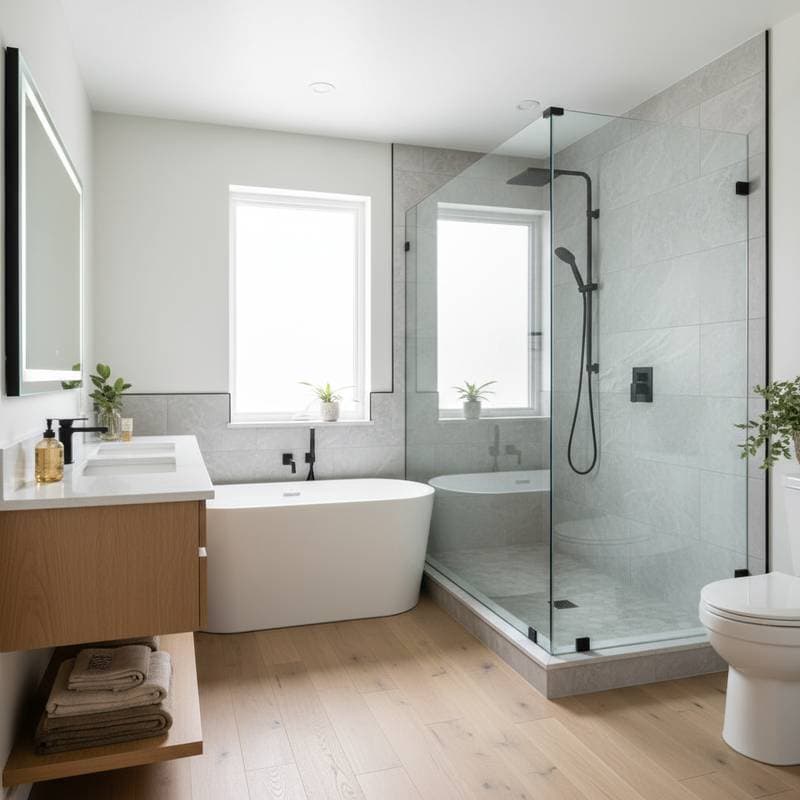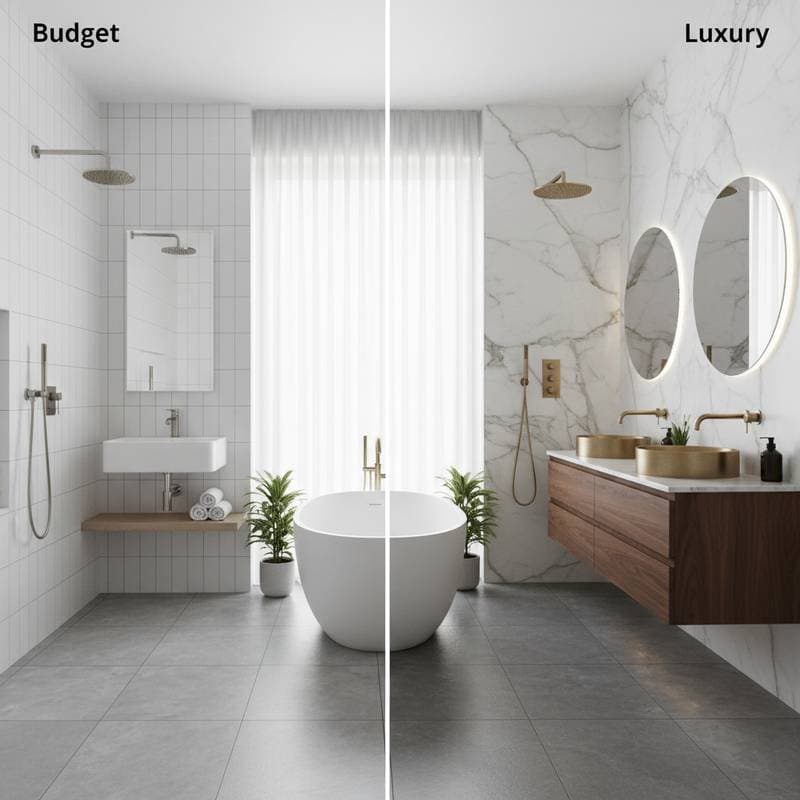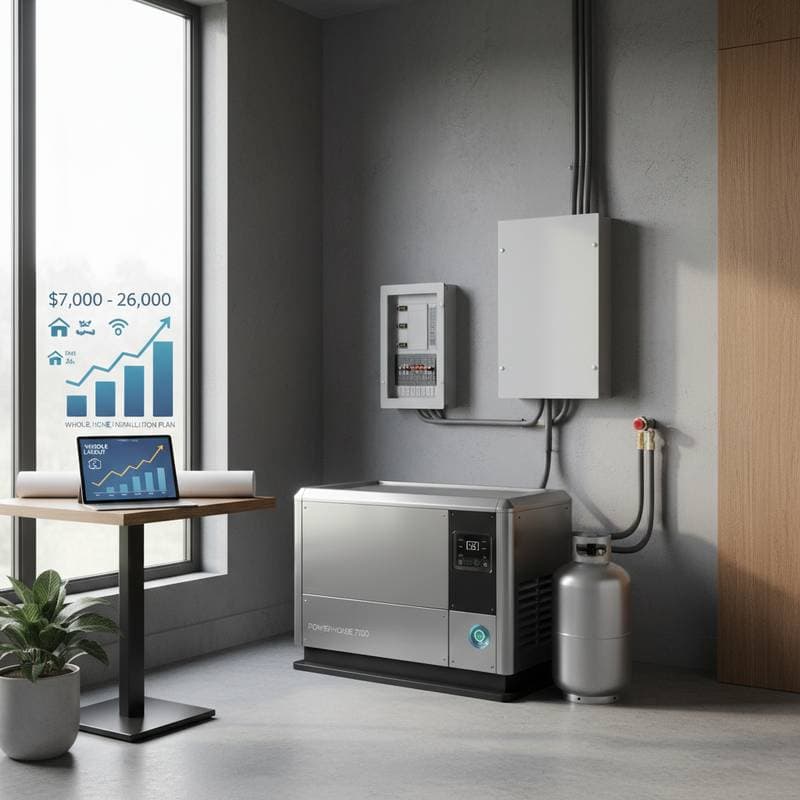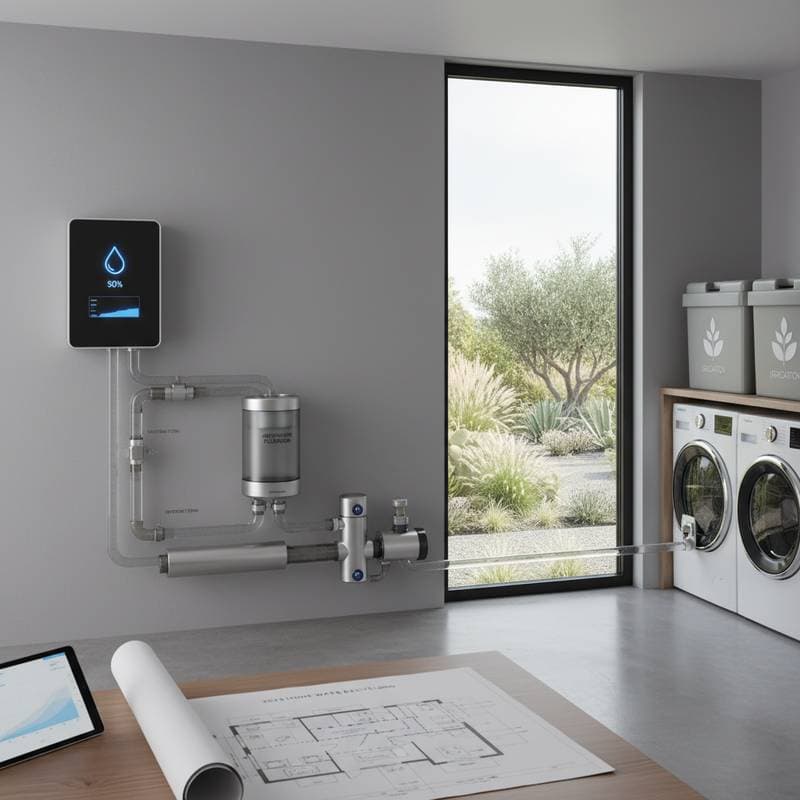Bathroom Remodel Costs and ROI Winners
A bathroom remodel transforms how a home feels and functions. The key challenge lies in balancing ambitious design ideas with practical costs and selecting options that yield strong returns upon resale. Whether refreshing a compact powder room or overhauling a primary suite, knowledge of current costs and high-ROI features enables informed, enduring choices.
Why Bathroom Remodels Matter
Bathrooms deteriorate more rapidly than other spaces due to constant moisture, heavy usage, and shifting design preferences. Styles from a decade ago often appear confined or obsolete today. Beyond aesthetics, a remodel enhances water conservation, storage capacity, and accessibility. Above all, a thoughtfully planned upgrade recoups a substantial portion of expenses when selling the property.
National remodeling data indicates that midrange bathroom projects recover 55 to 70 percent of costs in added home value. Upscale versions yield slightly lower ROI percentages, yet they elevate daily comfort and utility in meaningful ways.
Quick Cost Overview
A complete bathroom remodel generally ranges from $12,000 to $35,000. Minor refreshes, such as fixture swaps or lighting improvements, fall between $3,000 and $7,000. High-end overhauls featuring bespoke tile, premium finishes, and layout expansions exceed $50,000.
Consider these typical ranges by bathroom category:
| Bathroom Type | Average Cost Range | Ideal For |
|---|---|---|
| Half Bath / Powder Room | $3,000 to $7,000 | Quick updates, compact areas |
| Guest / Standard Bath | $9,000 to $18,000 | Family routines, rentals |
| Primary / Master Bath | $18,000 to $40,000+ | Daily comfort, resale boost |
| Luxury Spa Bath | $40,000 to $60,000+ | Bespoke aesthetics, permanence |
These estimates reflect midrange materials. Opting for luxury elements like premium tile, stone surfaces, or custom fixtures increases expenses by 20 to 40 percent.
ROI Winners: High-Payoff Features
Upgrades vary in their value recovery. Certain additions provide instant visual impact, while others enhance efficiency or usability. The following elements reliably generate solid returns in bathroom projects.
Walk-In Showers Over Tubs
Buyers favor open walk-in showers with seamless glass enclosures instead of conventional tubs. Tub-to-shower conversions cost $2,500 to $8,000, influenced by plumbing adjustments and tile selections. Benefits include a contemporary aesthetic, simplified entry, and expanded perceived space.
Showers conserve water compared to tub filling and foster openness in tighter layouts.
Water-Efficient Fixtures
Updating faucets, showerheads, and toilets to WaterSense-labeled versions cuts water consumption by up to 30 percent. A comprehensive fixture replacement runs $400 to $1,200.
Prospective owners value reduced bills, and various regions provide incentives for such installations.
Enhanced Lighting and Mirrors
Proper illumination makes spaces appear brighter and more expansive. Transitioning from basic ceiling fixtures to multi-layered setups costs $250 to $1,000. Incorporating LED mirrors with anti-fog features and adjustable brightness adds elegance and convenience.
Target 50 lumens per square foot for effective mirror-area illumination.
Radiant Heating and Towel Warmers
Underfloor radiant systems install at $10 to $15 per square foot, while towel warmers cost $200 to $600. These amenities heighten coziness in cooler regions and elevate overall allure.
Dual-Sink Vanities
Shared spaces benefit from dual vanities, allowing simultaneous use without interference. Upgrading to a 60-inch double-sink unit, including plumbing and surfaces, totals $1,500 to $3,500.
Select quartz or stone for resilience and enduring style. Quartz demands minimal upkeep and withstands stains more effectively than marble.
Detailed Cost Breakdown
Segment the budget into distinct areas to identify savings opportunities and priority investments.
| Component | Typical Cost Range | Budget Share |
|---|---|---|
| Plumbing and Fixtures | $2,000 to $6,000 | 15% to 25% |
| Tile and Flooring | $3,000 to $8,000 | 20% to 30% |
| Vanity and Countertop | $1,500 to $5,000 | 15% |
| Lighting and Electrical | $500 to $2,000 | 10% |
| Painting and Finishes | $300 to $1,000 | 5% |
| Labor | $4,000 to $10,000 | 35% to 50% |
Labor constitutes the biggest expense. Tasks involving plumbing, tiling, and wiring necessitate certified experts to meet safety codes.
Accessibility Enhancements for Enduring Appeal
Incorporate universal design principles to broaden buyer interest, even without immediate aging-in-place needs. Safer, more inclusive features include zero-threshold showers, expanded doorways, and elevated toilets.
- Zero-barrier shower: Sloped flooring with no lip for seamless access.
- Support bars: Positioned 33 to 36 inches above the floor.
- Toilet elevation: 17 to 19 inches for optimal ease.
- Door clearance: At least 32 inches wide, ideally 36 inches.
Integrating these during initial work proves more economical than later modifications and demonstrates forward-thinking planning.
DIY Options Versus Professional Services
Skilled homeowners manage basic tasks like painting or fixture exchanges. Complex elements, such as pipe rerouting or tile laying, require specialists.
Suitable for DIY:
- Dismantling outdated fixtures and mirrors.
- Applying fresh paint to walls and accents.
- Fitting pre-assembled doors or wall-mounted storage.
- Swapping faucets and shower components.
Require experts:
- Rewiring circuits or adding outlets.
- Relocating water lines.
- Applying waterproof barriers and shower bases.
- Routing exhaust systems.
Confirm contractor credentials, including licensing and insurance. Secure a detailed agreement covering project scope, schedule, and payments.
Pitfalls to Sidestep
Budget oversights or spatial miscalculations plague many projects. Steer clear of these to safeguard funds and maintain composure.
- Neglecting airflow: Omit a suitable exhaust fan, and mold thrives. Select one delivering 1 cubic foot per minute per square foot of space.
- Selecting ill-fitting items: Verify dimensions. Maintain 21 inches clearance before toilets and 24 inches at vanities minimum.
- Overlooking organization: Integrate niche shelves or concealed cabinets to minimize surface clutter.
- Skimping on moisture barriers: Employ full membrane systems under tiles, beyond mere grout protection.
- Ignoring upkeep needs: Opt for matte textures over glossy to conceal splashes; choose quartz over unsealed stone.
Such errors invite expensive fixes or diminished usability. Conduct meticulous planning prior to any teardown.
Strategies to Reduce Expenses
Achieve 10 to 20 percent savings through judicious decisions that preserve quality and appearance.
- Retain existing plumbing positions. Shifting lines inflates costs dramatically.
- Install oversized tiles to minimize seams and labor.
- Blend premium and standard elements, such as bespoke tops with ready-made bases.
- Restore rather than renew. Tub refinishing costs around $400 versus full replacement.
- Time purchases for promotions. Retailers frequently markdown tiles, cabinets, and lights seasonally.
Strategic allocation of resources yields a luxurious outcome within financial limits.
Impact of Bathroom Dimensions on Expenses and Returns
Room scale determines per-square-foot pricing. Compact areas incur higher relative costs due to fixed fixture expenses.
| Bathroom Size | Average Remodel Cost | Typical ROI |
|---|---|---|
| Small (40 sq. ft.) | $8,000 to $14,000 | 65% to 75% |
| Medium (60 sq. ft.) | $12,000 to $22,000 | 60% to 70% |
| Large (100 sq. ft.+) | $20,000 to $40,000+ | 55% to 65% |
Modest bathrooms often secure superior ROI, as lower material and labor inputs amplify value gains.
Timing Remodels for Optimal Gains
Initiate updates when functionality, aesthetics, and market preparation converge, ideally before a near-term sale. Prioritize versatile palettes, robust materials, and streamlined configurations to attract diverse buyers.
Replace fixtures older than ten years, or address visible issues like leaks and worn tiles. Contemporary purchasers seek crisp outlines, ample light, and effortless care.
Safeguarding Your Upgrade
Sustain remodel benefits through proactive care to avert deterioration.
- Refresh grout and stone seals annually or biennially.
- Operate fans for 20 minutes post-shower.
- Inspect and renew caulk around fixtures promptly.
- Clean hardware routinely to eliminate deposits.
Consistent routines preserve freshness and protect against damage.
Steps to Launch Your Project
Evaluate current needs against these insights to outline a tailored plan. Consult local professionals for precise quotes and begin with a detailed sketch. Transform your space into a valuable asset that enhances life and equity.





